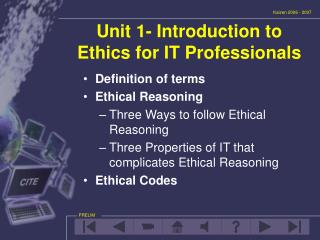
Concise Principles of Reasoning. A more concise treatment of definition now follows discussions of figurative meaning and indirect. Seay & Nuccetelli Second Edition. We all engage in the process of reasoning, but we do not always pay attention to whether we are doing it well. This book offers students the opportunity to practise. Steven Wilson Insurgentes Rapidshare Premium Missed Programs On Itv Weather on this page. more.
• Aland Islands • Albania • Andorra • Armenia • Austria • Azerbaijan • Belarus • Belgium • Bosnia and Herzegovina • Bulgaria • Croatia • Cyprus • Czech Republic • Denmark • Estonia • Finland • France • Georgia • Germany • Gibraltar • Greece • Greenland • Holy See (Vatican City State) • Hungary • Iceland • Ireland • Italy • Latvia • Liechtenstein • Lithuania • Luxembourg • Macedonia • Malta • Moldova • Monaco • Montenegro • Netherlands • Norway • Poland • Portugal • Romania • Russia • Serbia • Slovakia • Slovenia • Spain • Sweden • Switzerland • Turkey • Ukraine • United Kingdom. • American Samoa • Australia • Bangladesh • Bhutan • British Indian Ocean Territory • Brunei • Cambodia • China • Christmas Island • Cocos (Keeling) Islands • Cook Islands • Fiji • Guam • India • Indonesia • Japan • Kazakhstan • Korea (the Republic of) • Kyrgyzstan • Laos • Malaysia • Maldives • Mongolia • Myanmar • Nepal • New Zealand • Pakistan • Papua New Guinea • Philippines • Samoa • Singapore • Solomon Islands • Sri Lanka • Tajikistan • Thailand • Timor-Leste • Tonga • Turkmenistan • Uzbekistan • Vanuatu • Vietnam. Description Meaning and Argument is a popular introduction to philosophy of logic and philosophy of language. About the Author Ernest Lepore is Director of the Center for Cognitive Science at Rutgers University. He is the author of numerous articles in philosophy of mind and is co-author (with Herman Cappelen) of Insensitive Semantics (Blackwell, 2004), co-author (with Jerry Fodor) of Holism (Blackwell, 1991).
He is editor of Truth and Interpretation (Blackwell, 1989). He is co-editor (with Zenon Pylyshyn) of What is Cognitive Science? (Blackwell, 1999), and co-editor (with Robert Van Gulick) of John Searle and His Critics (Blackwell, 1992), as well as general editor of the series Philosophers and Their Critics, also published by Wiley-Blackwell. Sam Cumming is Assistant Professor of Philosophy at the University of California, Los Angeles.
Preface to Revised Second Edition xiii Preface to Second Edition xiv Preface to Revised Edition xv Acknowledgments xvi Introduction to Teacher 1 1 A Brief Introduction to Key Terms 5 1.1 Arguments 5 1.1.1 What is a Statement?
We all engage in the process of reasoning, but we do not always pay attention to whether we are doing it well. This book offers students the opportunity to practise reasoning in a clear-headed and critical way, with the aims of developing an awareness of the importance of reasoning well, and of improving the reader's skill in analysing and evaluating arguments. In this second edition of the highly successful Critical Reasoning: A Practical Introduction, Ann Thomson has updated and revised the book to include new and topical examples which will guide students through the processes of critical reasoning in a clear and engaging way. Reviews Praise for the first edition:'For the reader wanting a general introduction to critical reasoning, this book is a good one. It contains some good advice and plenty of practical examples.' - Philosophy Today 'Admirable clarity, supported by a wealth of useful examples and exercises.'
- Philosophical Books Table of Contents 1. Analysing Reasoning: Recognising reasoning and identifying conclusions; Identifying reasons; Identifying assumptions 2. Evaluating reasoning: Evaluating the truth of reasons and assumptions; Evaluating support for conclusions; Evaluating further evidence; Questioning explanations; Summarising the skills of evaluation Recognising the implications: Drawing conclusions; Recognising implications of arguments 4.